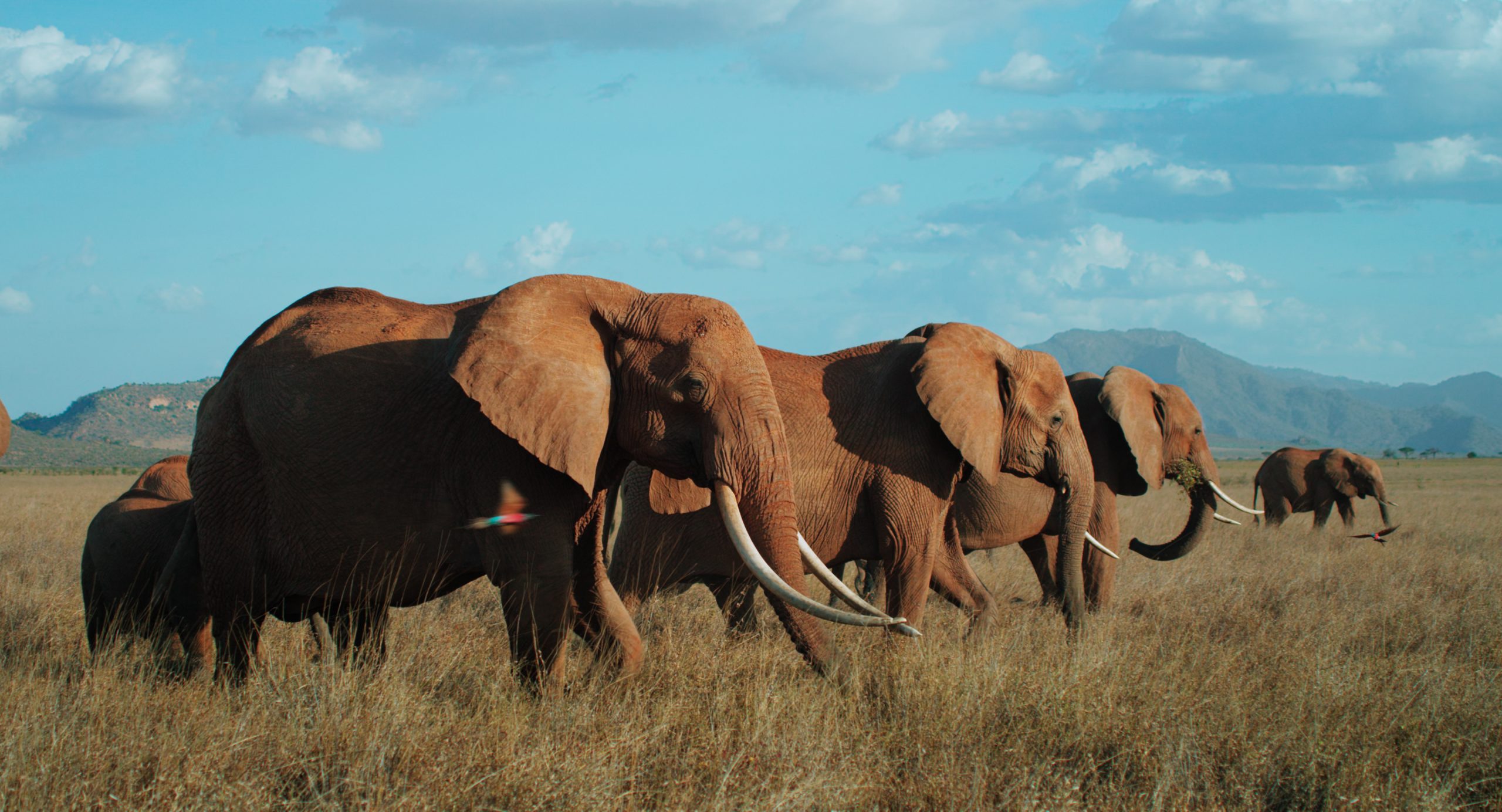Social Media & The Web

Social media has become the essential vehicle for extending the impact reach of films. Twitter, Facebook, Instagram, and other platforms are useful communication and engagement tools, engaging through comments and providing instant feedback. Just as a stone tossed into a lake, retweets and shares create concentric circles that can vastly expand engagement through alliances and influencers. The Doc Society’s Impact Field Guide & Toolkit emphasizes that in today’s digital world, having an online presence is critical to a successful campaign.
Social media and websites work hand-in-hand. Exposure Labs’ Chasing Coral (2017), for examples, features its latest social media postings on their website, encouraging viewers to stay engaged by following their social media accounts.The website provides additional information, educational resources, and encourages action steps such as host screenings using their free toolkit. A thoughtfully designed website houses can promote screening events, supplementary materials and toolkits, and be a platform call to action materials (e.g., donation buttons, links to petitions, etc.). Research shows that neglecting your website or not putting the time or resources in to craft a well-designed layout can hamper the viewer experience, which can halt viewer momentum and impede impact goals.
A well-designed website can serve as a hub for a film’s campaign and promotional efforts. Director Louie Psihoyos’ Racing Extinction (2016) is an excellent example of a website that is easily navigable with clear menu options (i.e., film, action, education). On the action page, viewers are given easily accessible ways to make a difference through petitions, signing up for an informational newsletter, and its “Eat Better, Save Animals” action steps. A separate tab for educational materials takes viewers directly to interactive lessons with downloadable instructor guides and lesson plans on topics covered in the film, such as extinction, food choices, and reducing carbon emissions.
Up Next